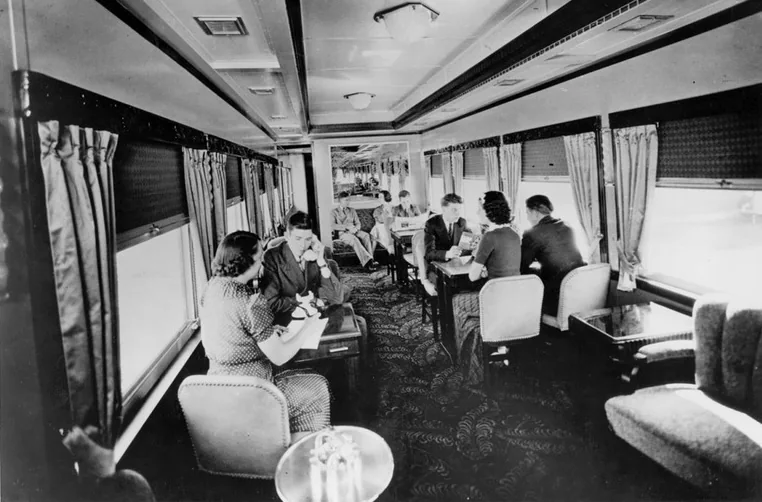In 1891, the Texas Legislature passed a law requiring all railroads operating in the state to provide separate seating for White and Black passengers. Rail companies could comply either by designating certain passenger cars “Whites Only,” or by building wooden partitions within rail cars, separating the races.
While the law claimed to mandate “equal” accommodations, the reality was starkly different. In practice, Black passengers were often subjected to inferior, poorly maintained cars and denied access to amenities available in White sections of the train. Nonetheless, the appearance of formal legal symmetry allowed the state to assert that the law was fair.
This law, and others like it, rolled back the civil rights victories that Blacks had won during the Reconstruction era (1865-1870s), restricting liberties and codifying a system of racial castes.
Though no longer slaves, Black Texans (called “colored” or “negro” at the time) were, in effect, second-class citizens. They were relegated mostly to servile professions, discriminated against in the education and criminal justice systems, and given access to low-quality public services—or none at all. Blacks also suffered occasionally from mob violence, lynchings, and police brutality.
Overall, this discriminatory system—which was both legal, social, and economic—was known as “Jim Crow.” (For a broader history see, Segregation in Texas: Understanding the Jim Crow Era).
Sources Cited
- Michael Ariens, Lone Star Law: A Legal History of Texas (Lubbock: Texas Tech University Press, 2011), pg. 59. ↩︎
- S.B. 97, 22d Leg., R.S. (1891) ↩︎
- S.B. 365, 22d Leg., R.S. (1891) ↩︎
This article is part of Texapedia’s curated primary source collection, which makes accessible both famous and forgotten historical records. Each source is presented with historical context and manuscript information. This collection is freely available for classroom use, research, and general public interest.
